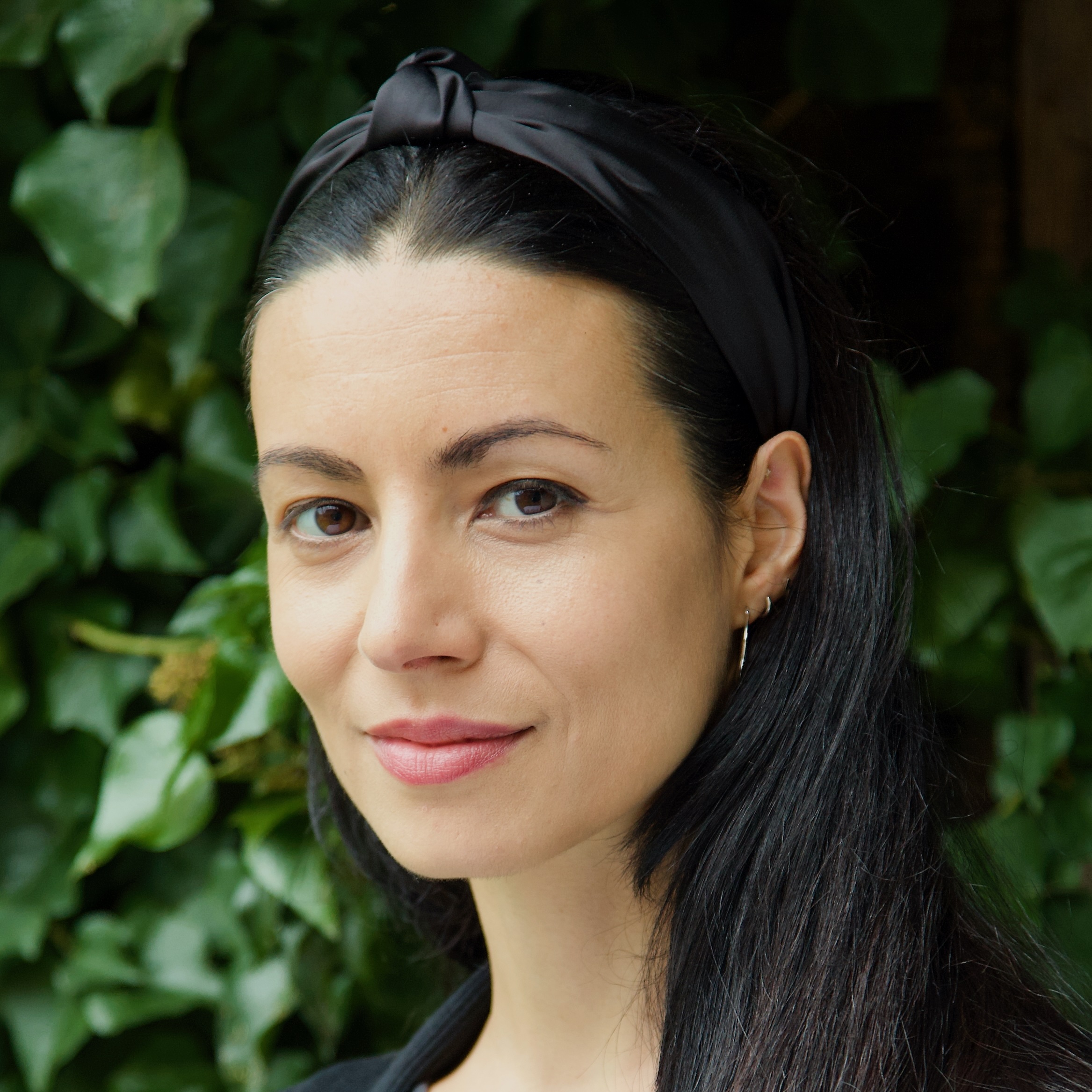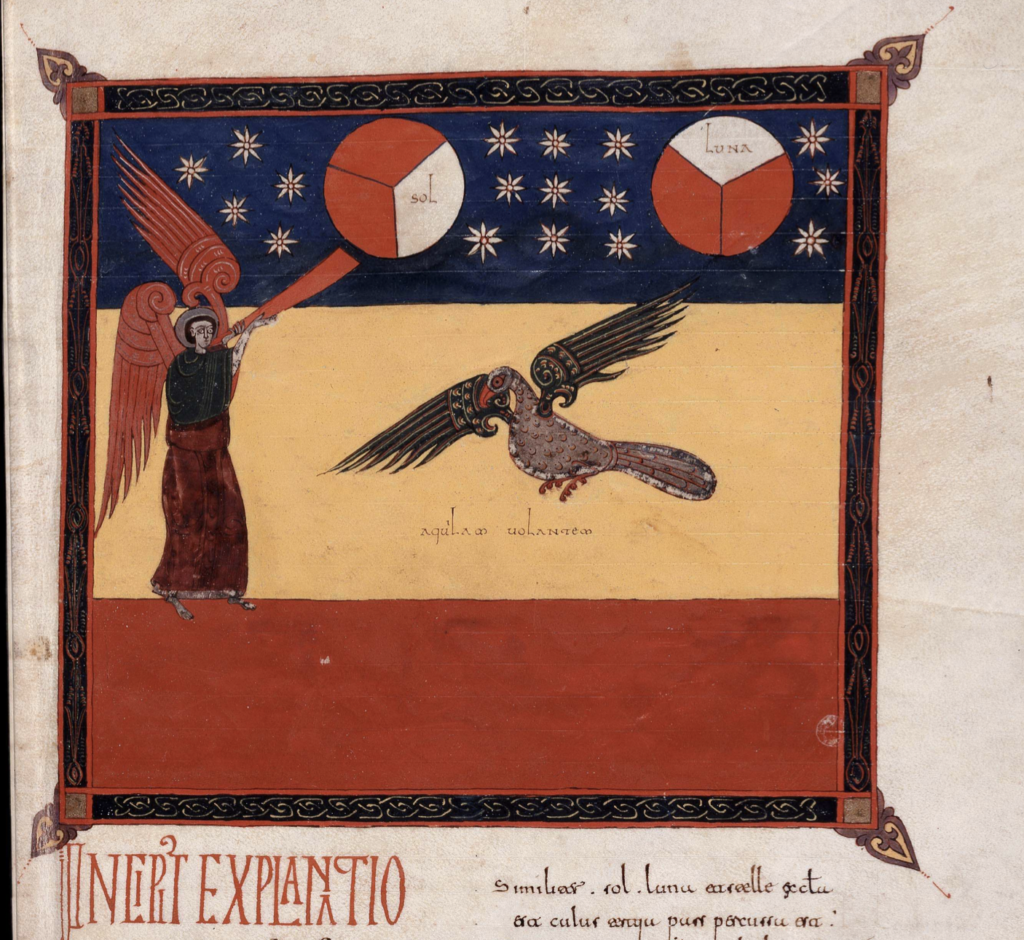
Posted by ad1140
20 October 2025It’s been a pleasure to welcome several new members to the Centre this year, and we’re looking forward to introducing them (via the blog) over the course of the term. First up, and with an entry in our ‘Spotlight’ series, is Ana de Oliveira Dias. Ana joined the Centre in September this year, as Professor Sarah Hamilton takes a period of research leave. Ana is also the next speaker in our Medieval Research Seminar series; for more information on her talk, which is taking place this Wednesday (22nd October), see the Centre’s website.

My work focuses on the study of writing and visual culture in the early Middle Ages. I am very interested in what these forms of evidence can reveal about broader cultural and religious practices and problems in the period.
Definitely the detective work! The pool of sources available to early medievalists is very limited, which is why I enjoy finding new ways to interrogate materials that have been studied for centuries. There’s also something magical about handling an original medieval artefact or manuscript — it’s a feeling that’s hard to put into words. I also really enjoy teaching: I learn so much from my students, and thoroughly enjoy helping them discover more about their history and culture, and challenge misconceptions about the past.
In recent years, I have worked with both lavish medieval manuscripts and more modest documentary materials. My research on scribal practice and image-making in the tenth-century Iberian Peninsula has given me the opportunity to study remarkable works such as the Morgan Beatus and the Facundus Beatus, remarkable illuminated copies of a commentary on the Book of Revelation produced in the Iberian Peninsula. By contrast, my work on the production and use of relic labels — tiny parchment tags, without any aesthetic merit, which were used to identify the relics of saints or holy places — has led me to explore the role of writing within the context of the cult of saints in Western Europe.

No two days look the same, especially when balancing teaching and research. The only real constant in my (non)routine is movement: I try to include some form of physical activity each day, whether it’s cycling, a proper workout, or simply a walk. It helps me stay healthy and think more clearly. I recently read that regular movement supports the development of the hippocampus (the part of the brain responsible for learning and memory) by making it larger and more efficient, even in adulthood. That little fact works wonders for motivation on days when I’m feeling a bit lazy! I also spend a surprising amount of time wrangling my two rescue cats, Shinji and Tabston, particularly when the former is intent on sabotaging conference calls.